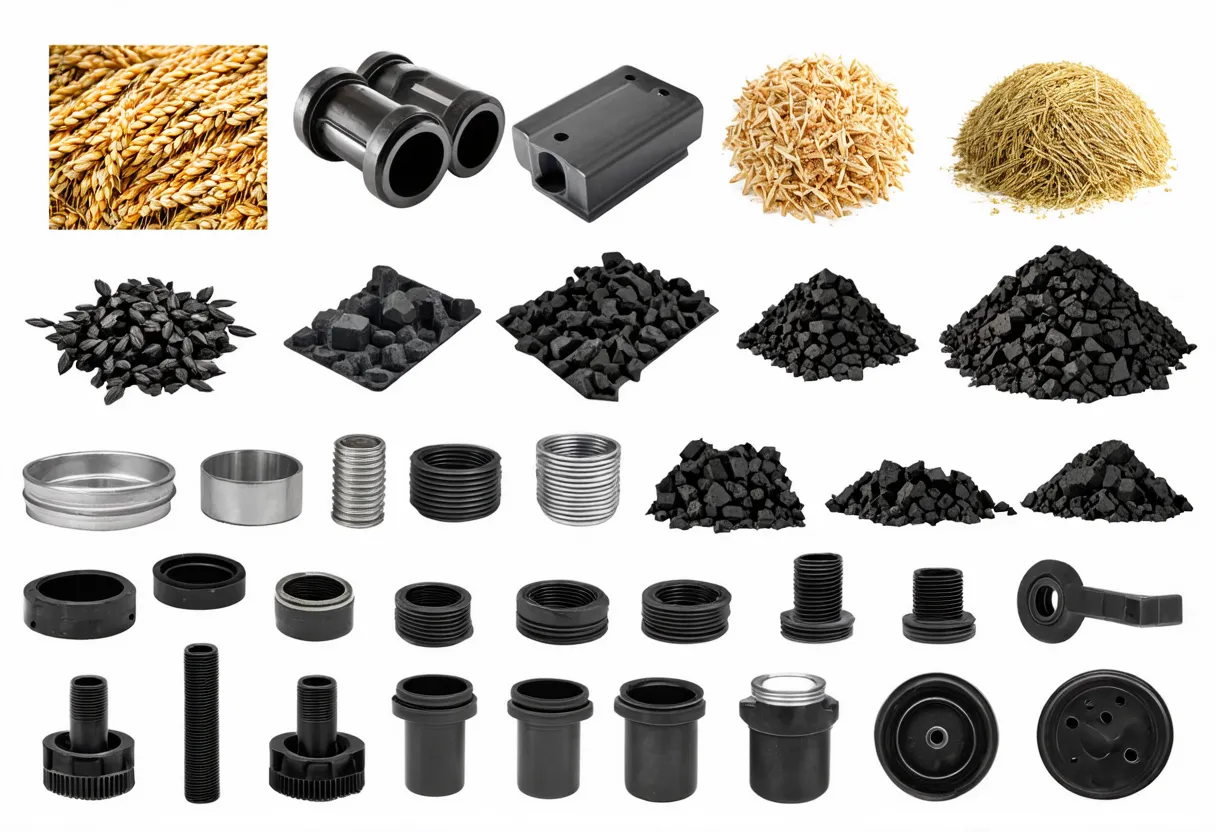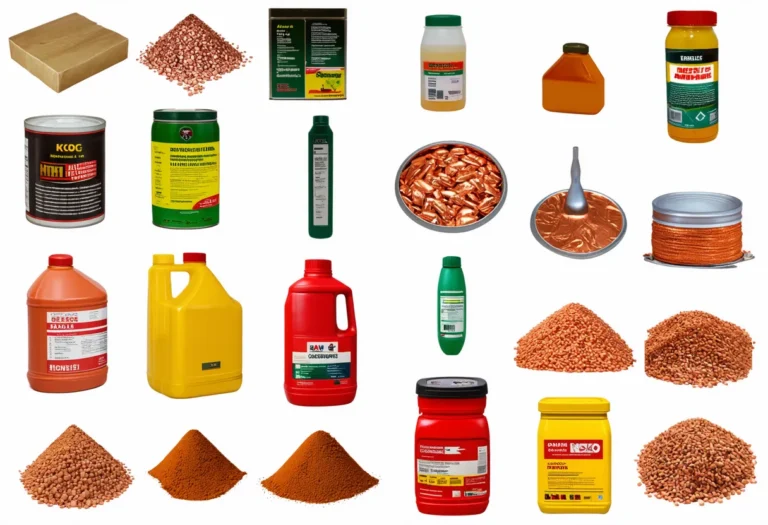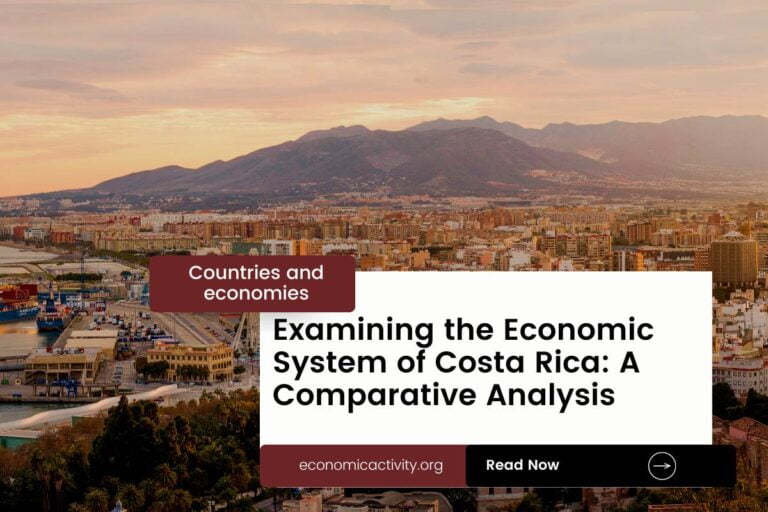Country Morocco has a population of 37,457,971, ranking 38th globally, just behind Ukraine. Located in North Africa, it spans 446,550 sq. km, ranking 57th, just behind Uzbekistan.
Morocco’s economic position in 2022 is notable, with a GDP of 130.91 billion USD, ranking 58th globally. It follows Ukraine, which has a GDP of 160.50 billion USD. The GDP per capita in Morocco is 3441.99 USD, placing it at 129th position. Venezuela, RB is ahead in this aspect with a GDP per capita of 3474 USD.
Despite facing challenges, Morocco’s economy shows resilience and potential for growth, with a diverse economic base including agriculture, tourism, and manufacturing. Continued efforts in infrastructure development and economic reforms are crucial for sustaining this positive trajectory.
What are the economic activities of Morocco?
- Primary activities: 14% of GDP.
- Secondary activities: 29.5% of GDP.
- Tertiary activities: 56.5% of GDP.

Primary Sector of Morocco
Morocco’s primary sector, mainly focused on agriculture, thrives due to its diverse climate and abundant natural resources. With 67.87% of the country’s land dedicated to agriculture, Morocco produces a variety of crops like wheat, olives, and sugar beets, along with animal products such as milk.
Despite contributing 14% to the GDP, agriculture plays a crucial role in the economy. The top ten agricultural products based on tonnage include wheat, milk, potatoes, and tangerines/mandarins, showcasing the sector’s significance and variety.
The country’s diverse geology provides a rich array of natural resources. Phosphates, iron ore, manganese, lead, zinc, fish, and salt are key assets driving the economy, supporting industries like mining, agriculture, and fishing, contributing significantly to the nation’s economic growth and development.
Additionally, Morocco’s oil economic activity plays a minor role in the country’s overall resource production. With an oil production of around 25 barrels per day, Morocco ranks 76th in the world for oil production, holding 684,000 barrels in reserves, accounting for just 0% of the world’s oil reserves.
Additionally, Morocco’s gas production of 94 million m³ in 2020 ranks it 82nd globally, further bolstering its economic activity.
Secondary Sector of Morocco
What is the secondary sector or what are secondary activities?
The secondary sector encompasses industries that transform raw materials into finished products for consumption. In Morocco, key industrial products include automotive parts, phosphate processing, aerospace components, food processing, leather goods, textiles, construction materials, and energy products. These sectors contribute significantly to the country’s economy and export market.
In 2023, manufactures accounted for 73.38% of Morocco’s total exports, highlighting their crucial role in driving the country’s economy and global trade competitiveness.
Tertiary sector of Morocco
What is the tertiary sector or what are tertiary activities?
The tertiary sector in Morocco encompasses a wide range of services that contribute to the economy through knowledge and time. Key activities include restaurants, healthcare, education, banking, communication, media, tourism, transportation, telecommunications, and security services. These sectors play a vital role in enhancing productivity, meeting needs, and driving economic growth in the country.
Notably, Morocco’s economy greatly benefits from tourism, contributing significantly to its GDP. With 13,109,000 annual arrivals, which accounts for 0.35 tourist arrivals per capita, the industry plays a vital role. Popular destinations like the bustling Marrakech and the serene coastal city of Essaouira attract visitors worldwide, boosting local businesses and employment.
Another example of tertiary economic activity is the mobile cellular sector, with approximately 53 million subscriptions, enhancing connectivity and supporting technological growth, fostering innovation and digital services across various industries.
Military Activities and Economic Sectors of Morocco
The military is a clear example of many economic activities. In the primary sector, resources are extracted for military use, like metals for weapons. The secondary sector includes the manufacturing of military equipment, such as vehicles and weapons. The military also provides services in the tertiary sector, offering support and protection. Research and development in the quaternary sector helps improve technology, while the quinary sector focuses on high-level decision making and strategy.
In Morocco, the military expenditure for 2023 is $5,184.9 million, which is 3.90% of the country’s GDP. The active military force consists of 195,800 personnel. This means there are about 11.5 active military members for every 1,000 people in the country.
Biggest company in Morocco
Which is the biggest company in Morocco? It’s Attijariwafa Bank, a leading player in the banking industry. With a market value of approximately 9.59 billion USD, it operates in the tertiary economic sector. Attijariwafa Bank was founded in 1904, making it a long-established institution.
International Trade of Morocco
Import Activities of Morocco

Morocco’s high import activities, accounting for 56.31% of GDP in 2023, signify its reliance on foreign goods for economic growth.
Morocco’s import activities are diversified, with key partners including Spain, France, China, US, and Saudi Arabia. Major import commodities are refined petroleum, wheat, natural gas, coal, and vehicle parts/accessories.
Exports Activities of Morocco

Morocco’s export activities are of high importance, accounting for 44.81% of its GDP in 2023, totaling $58.66 billion. This signifies a significant contribution to the country’s economic growth and stability.
Morocco’s export activities are diverse, with key partners like Spain and France. Its main exports include fertilizers, cars, garments, insulated wire, and phosphoric acid. India, Italy, and Brazil are also significant export destinations.
Morocco economy challenges in 2024
In 2024, Morocco faces challenges in sustaining its recovery from drought and earthquake, while focusing on fiscal rebalancing and private sector investments. The country’s economy relies on tourism, manufacturing, and raw materials processing, with significant trade ties to the EU.




Leave a Reply